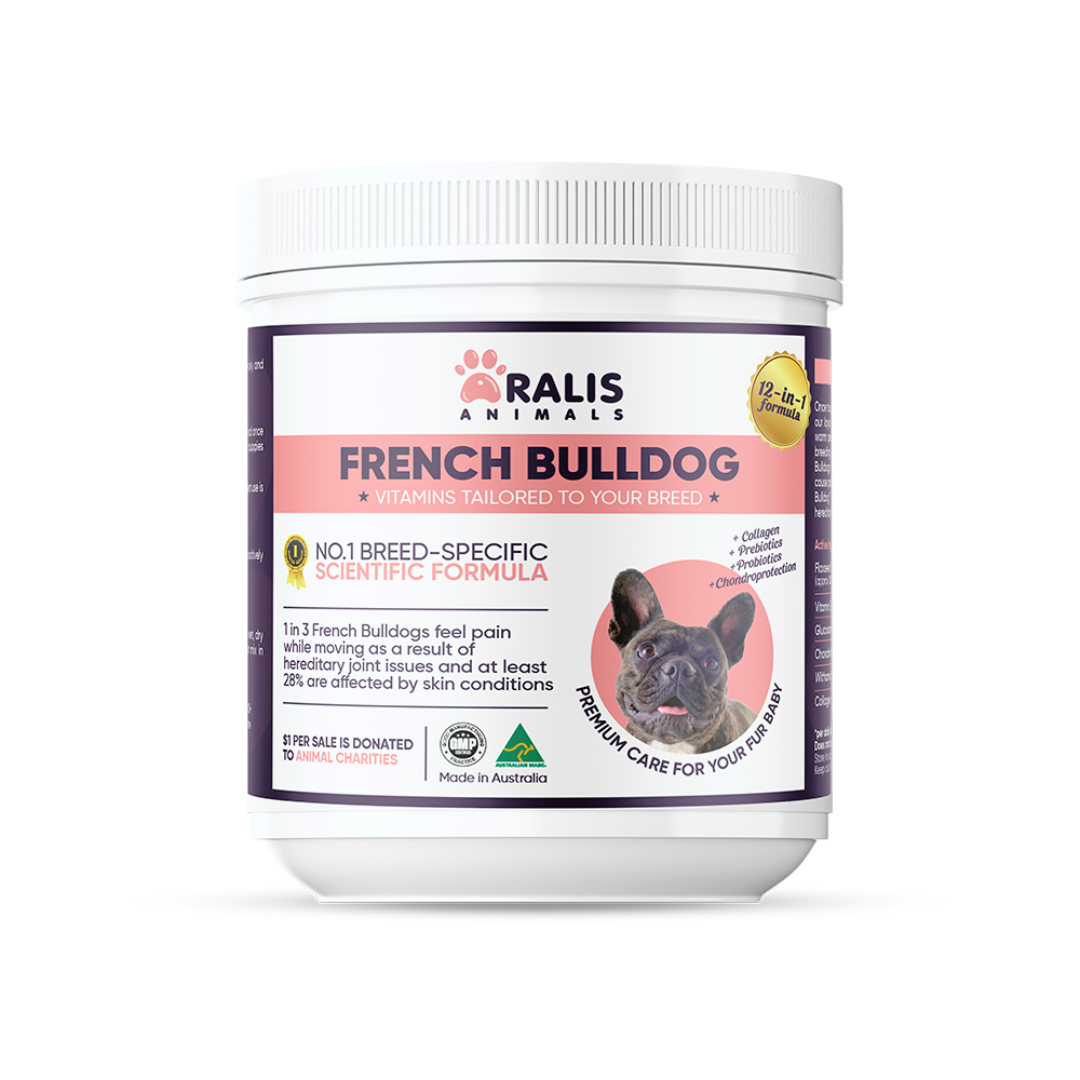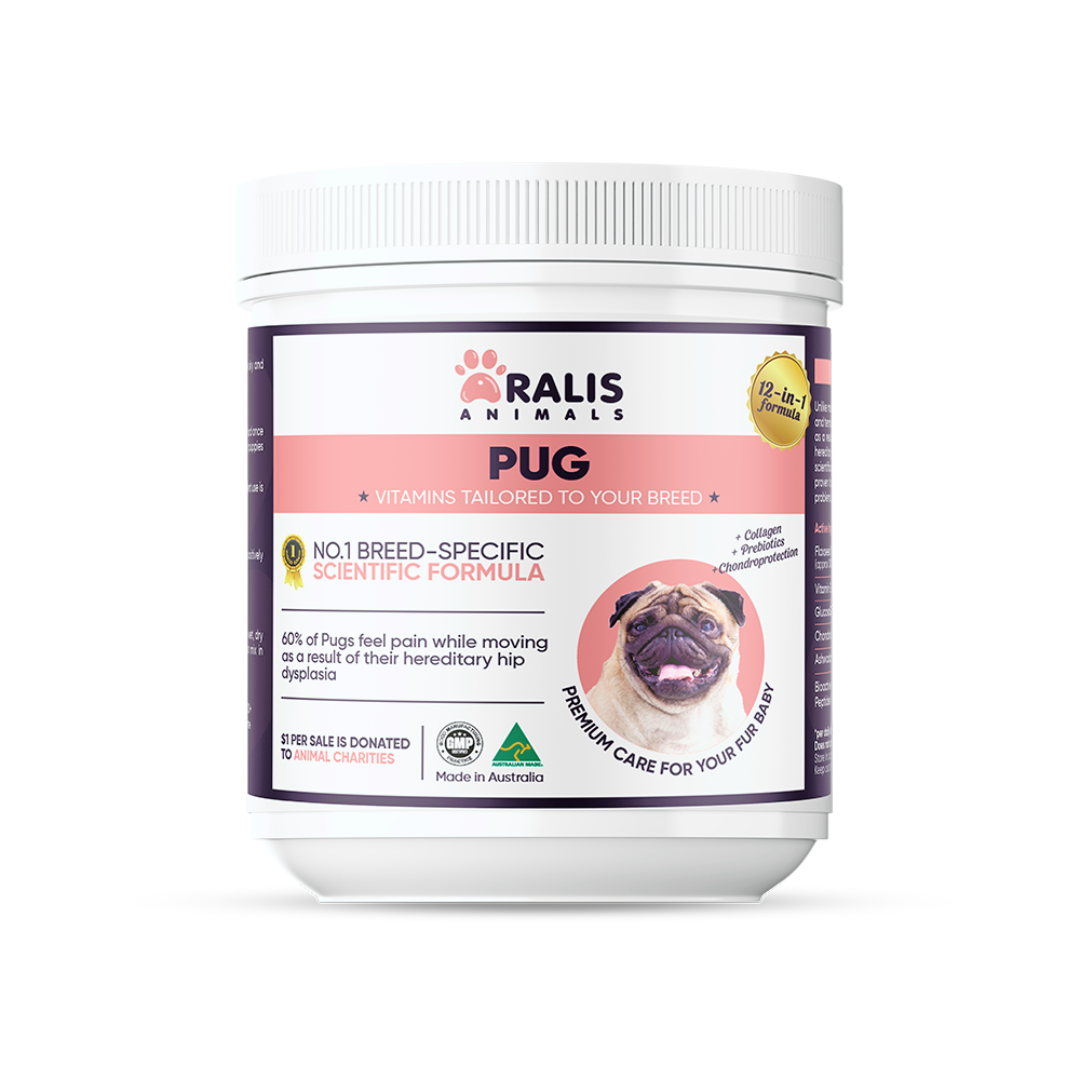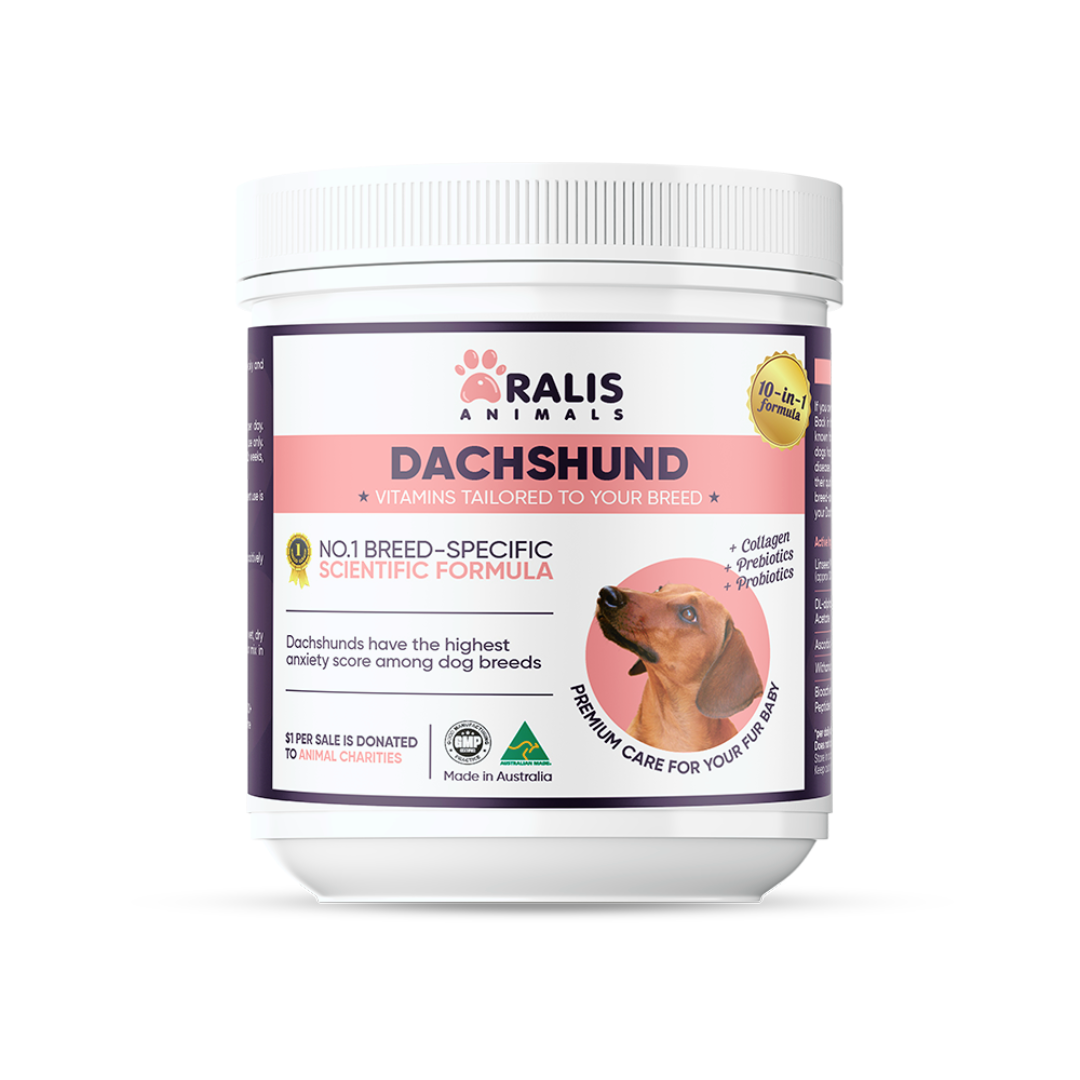Conquering Canine Separation Anxiety: Helping Your Dog Feel Safe and Secure

As a devoted pet parent, the sight of your beloved canine companion experiencing separation anxiety can be heartbreaking. This common behavioral issue can lead to destructive behaviors, excessive vocalization, and even physical distress when your dog is left alone. However, with the right approach and understanding, you can help your furry friend overcome these challenges and find comfort in your absence.
Understanding Separation Anxiety in Dogs
Separation anxiety is a condition in which dogs exhibit intense distress and behavioral problems when separated from their owners or primary caregivers. This can manifest in various ways, such as excessive barking, howling, or whining, as well as destructive actions like chewing, digging, or attempting to escape.
The root causes of separation anxiety can vary, but often stem from a dog's innate need for companionship and security. Factors like genetic predisposition, past trauma or rehoming, and changes in routine or environment can all contribute to the development of this condition.
Recognizing the Signs
Identifying the signs of separation anxiety is the first step in addressing the issue. Some common indicators include:
- Excessive vocalization, such as barking, howling, or whining
- Destructive behaviors like chewing, digging, or scratching at doors and windows
- Attempts to escape, often leading to injury
- Urination or defecation in the home, even when the dog is otherwise well-trained
- Pacing, panting, or displaying signs of distress when left alone
If you notice these behaviors in your dog, it's important to address them promptly to prevent the condition from worsening.
Training Techniques for Separation Anxiety
Effective training is the cornerstone of helping your dog overcome separation anxiety. Here are some proven techniques to consider:
Gradual Desensitization
This method involves slowly and gradually exposing your dog to brief periods of separation, gradually increasing the duration over time. This helps your dog learn that your absence is not a cause for alarm and that you will always return.
Positive Reinforcement
Rewarding your dog with treats, praise, or their favorite toys when they remain calm and relaxed during your absence can reinforce the desired behavior. This approach helps build your dog's confidence and trust.
Creating a Safe Space
Providing your dog with a designated "safe space," such as a crate or a quiet room, can help them feel secure and comfortable when you're not around. Ensure this area is equipped with familiar toys, bedding, and calming scents to soothe your pet.
Home Remedies and Management Strategies
In addition to training, there are various home remedies and management strategies you can employ to help alleviate your dog's separation anxiety:
Environmental Enrichment
Keeping your dog mentally and physically stimulated with interactive toys, puzzle feeders, and regular exercise can help reduce boredom and anxiety when you're not present.
Calming Techniques
Pheromone diffusers, calming music, or even the use of anxiety-reducing supplements can have a soothing effect on your dog during times of separation. One gentle, natural option is our Aralis Animals Multivitamins which contain ashwagandha, a well-known calming adaptogen that helps dogs better manage stress and emotional tension. Click here to learn more about how it supports anxious or sensitive pooches.
Exercise and Mental Stimulation
Ensuring your dog receives adequate physical and mental stimulation before your departure can help them feel more relaxed and content during your absence.
Professional Interventions
In some cases, separation anxiety may require the guidance of a veterinarian or a certified animal behaviorist. They can provide a comprehensive assessment and recommend appropriate treatment options, which may include:
Medication
In severe cases, your veterinarian may prescribe anti-anxiety medications or supplements to help manage your dog's symptoms and facilitate the training process.
Behavioral Therapy
A professional animal behaviorist can work with you and your dog to develop a customized training plan, incorporating techniques like desensitization, counterconditioning, and environmental management.
Preventing Separation Anxiety
While separation anxiety can be challenging to overcome, there are steps you can take to help prevent its development in the first place:
Early Socialization
Exposing your puppy to a variety of people, animals, and environments during their critical socialization period can help build their confidence and resilience.
Consistent Routine
Maintaining a predictable daily routine can help your dog feel more secure and less anxious when you need to leave them alone.
Building Independence
Gradually encouraging your dog to become comfortable spending time alone, even for short periods, can help them develop a sense of independence and self-assurance.
Conclusion
Canine separation anxiety can be a difficult challenge for both you and your furry companion, but with patience, understanding, and the right strategies, you can help your dog feel safe and secure, even in your absence. By addressing the root causes, implementing effective training techniques, and seeking professional support when needed, you can empower your dog to overcome their anxiety and enjoy a fulfilling, stress-free life by your side.





